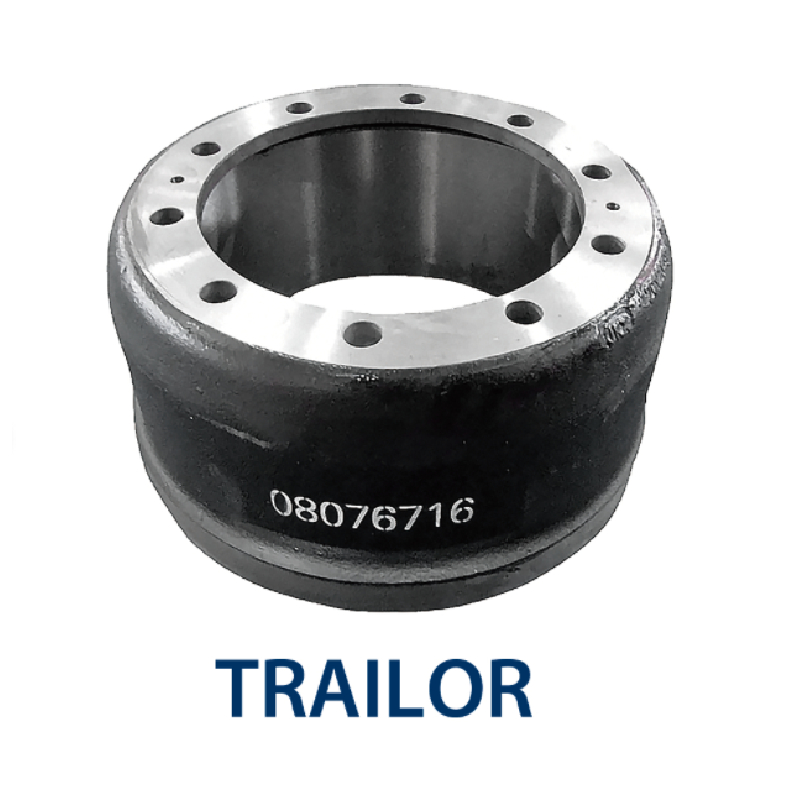Nov . 24, 2024 04:32 Back to list
brake drum adjuster screw
Understanding Brake Drum Adjuster Screws A Crucial Component for Vehicle Safety
When it comes to vehicle maintenance and safety, many components play a vital role in ensuring optimal performance. One such component is the brake drum adjuster screw, a crucial element in the drum brake system found in various vehicles. This small yet significant part contributes to the overall braking efficiency, and understanding its function and maintenance can enhance the safety and longevity of your vehicle.
What is a Brake Drum Adjuster Screw?
The brake drum adjuster screw is part of the drum brake mechanism, which consists of several components, including brake shoes, drums, and the adjuster itself. The primary function of the adjuster screw is to maintain the correct distance between the brake shoes and the brake drum, ensuring that the brakes are always properly engaged. This adjustment is essential because as the brake shoes wear down over time, they need to be periodically adjusted to maintain the same level of braking power.
How Does It Work?
The operation of the brake drum adjuster screw is relatively straightforward. As the brakes are applied, the shoes expand and press against the inner surface of the brake drum to create friction. Over time, as the brake shoes wear down, the distance between the shoes and the drum increases, potentially leading to a decline in braking performance. The adjuster screw compensates for this wear.
There are two primary types of adjuster mechanisms the manual and the self-adjusting systems. In a manual system, the driver or technician must adjust the screw when the brakes are serviced. In contrast, self-adjusting systems utilize a mechanism that automatically adjusts the brake shoes during operation, typically whenever the brakes are applied. This feature increases convenience and ensures that the brakes maintain optimal performance with minimal intervention.
Importance of Regular Maintenance
Regular maintenance of the brake drum adjuster screw is essential for several reasons
1. Safety Properly functioning brakes are critical for vehicle safety. An incorrectly adjusted system can lead to longer stopping distances or even brake failure, potentially resulting in accidents.
brake drum adjuster screw

2. Performance A well-maintained adjuster screw ensures that the brakes engage effectively, enhancing overall vehicle performance. This means better handling, shorter stopping distances, and improved driving confidence.
3. Cost-Effectiveness Regular checking and maintenance of the brake system can prevent expensive repairs. A neglected adjuster can lead to excessive wear on the brake shoes and drums, necessitating costly replacements.
4. Enhanced Lifespan of Components Proper adjustment helps in uniformly distributing wear across the brake shoes and drums, prolonging their lifespan and reducing the frequency with which they need to be replaced.
Signs of a Problem
As with any vehicle component, there are signs that may indicate issues with the brake drum adjuster screw or the drum brake system. Some common symptoms include
- Squealing or Grinding Noises These sounds can indicate that the brake shoes are worn down and require adjustment. - Decreased Braking Performance If you notice that your vehicle takes longer to stop or the brakes feel less responsive, it may be time to check the adjuster screw.
- Uneven Wear on Brake Shoes If inspection reveals uneven wear, it may indicate a problem with the adjuster mechanism.
Conclusion
The brake drum adjuster screw is a small yet essential part of your vehicle's drum brake system, playing a significant role in maintaining safe driving conditions. Understanding its function and importance can help vehicle owners take proactive steps toward regular maintenance, ensuring optimal brake performance and safety on the road. Regular inspection and timely adjustments can go a long way in enhancing not only the performance of your braking system but also your overall driving experience. Always consult with a qualified mechanic if you have concerns about your vehicle's braking system—after all, safety should always come first.
-
Scania Brake Drums: OEM Quality for Optimal Safety & Durability
NewsAug.16,2025
-
R.V.I: Advanced Remote Visual Inspection for Precision
NewsAug.15,2025
-
Discover HYUNDA: Innovative Vehicles, Equipment & Solutions
NewsAug.14,2025
-
R.V.I: Unlock Advanced Insights & Real-time Performance
NewsAug.13,2025
-
Kamaz Brake Drum: Durable & Reliable for Heavy Duty Trucks
NewsAug.12,2025
-
Heavy Duty Iveco Brake Drum - Premium Quality & Safety
NewsAug.11,2025
